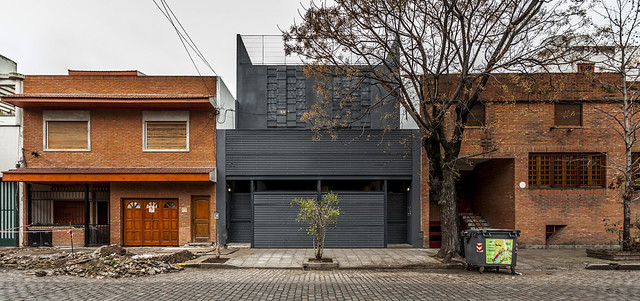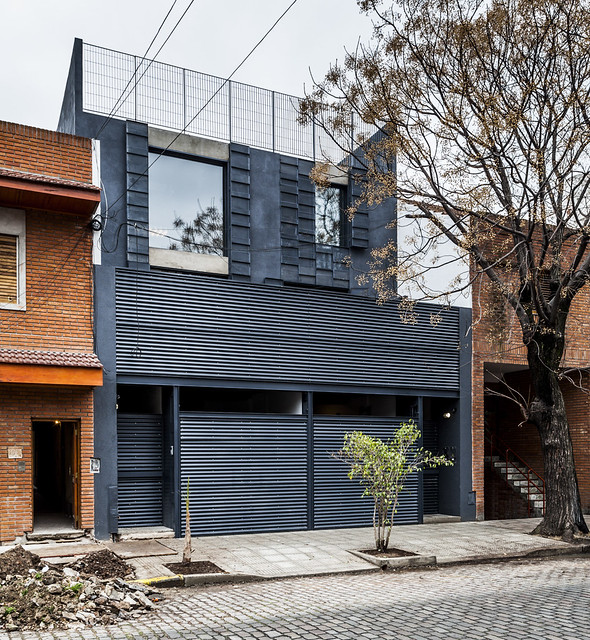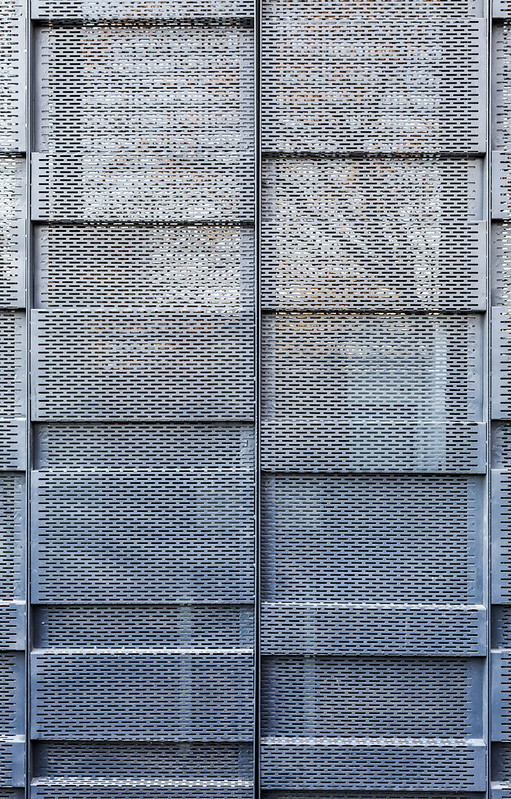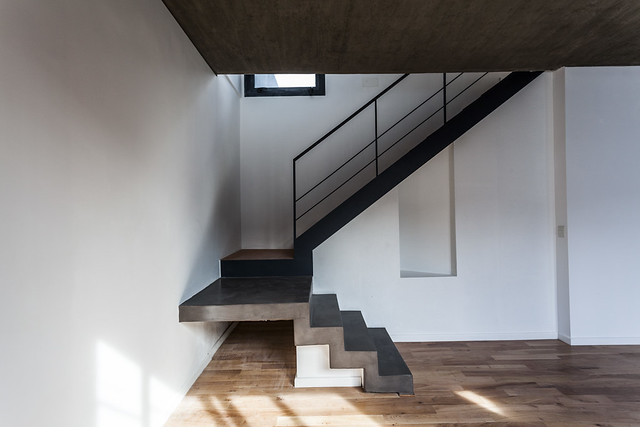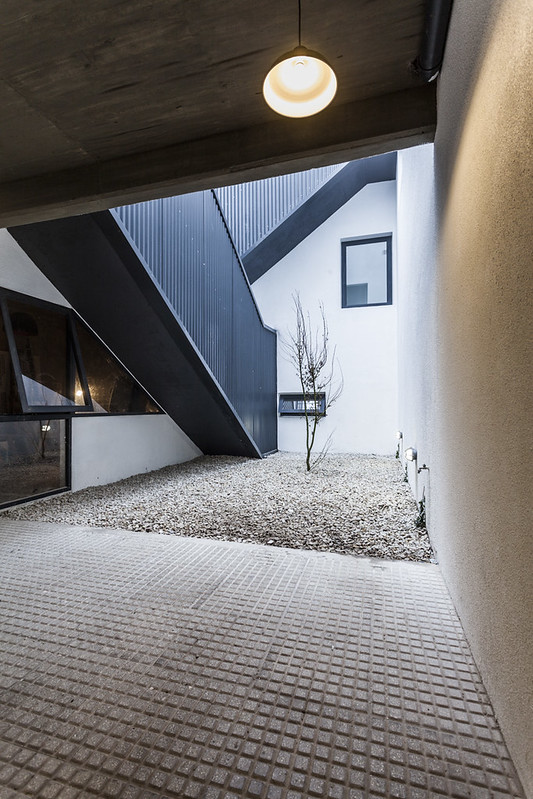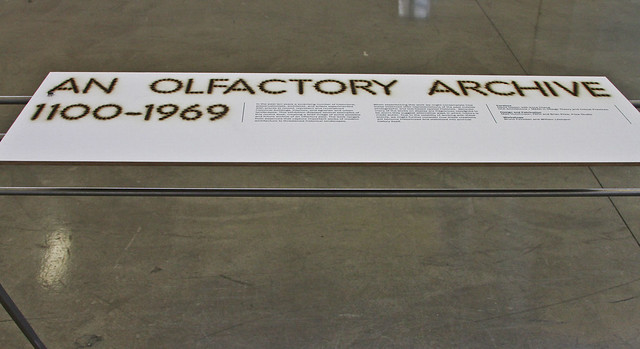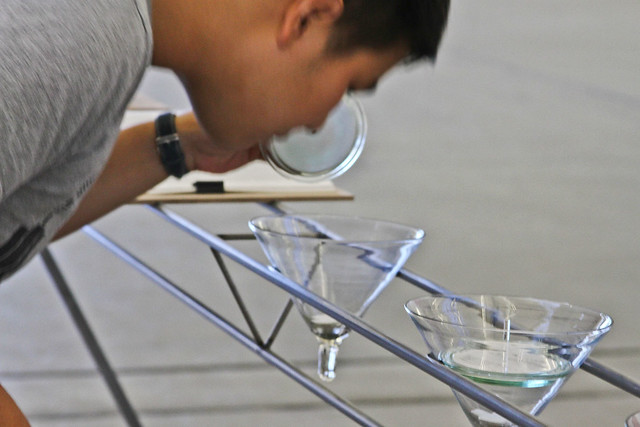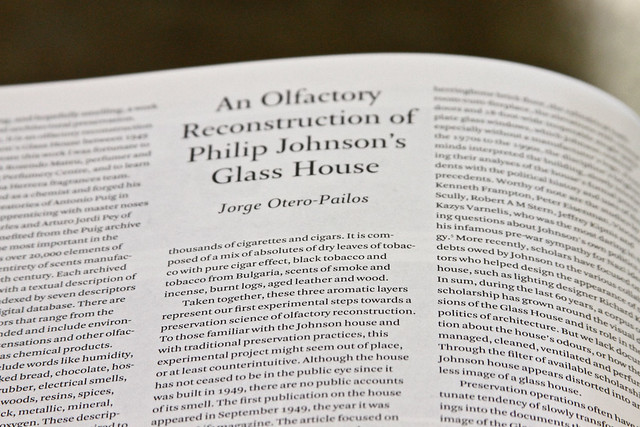While I often write about large houses, mansions even, long time readers know that I have always had a preference for well designed small houses (it has been over 7 years now so I think that constitutes a long time!). The golden era of this was the 1920s in my opinion when many high-quality, small houses were built in varied styles.
Just north of downtown Phoenix are a host of 'historic' neighborhoods which are small lots with even smaller houses from this era in a plethora of styles.
One of the things I enjoyed most was seeing these lovely small houses as they were meant to be - STILL SMALL! The problem here in Washington, DC is that small houses quickly get 2nd stories, enormous additions, and become mcmansions in their own right spoiling their jewel-box qualities. Size vs quality?
The other aspect of checking out these neighborhoods was enjoying the lovely gardens people have created here in this arid climate. While some are native desert landscapes (which I enjoyed the most I must admit as they felt 'exotic' to my eastern eyes) others are as lush and green as a house in Maine. Just check out this bungalow above which looks straight out of a California suburb.
One of the oddest houses I came upon wasn't actually very small at 6,000 SF and looked like it was dropped out of the English countryside.
Built in 1930 by
Carter Gibbes with builder Neil Gates the house appears to be hundreds of years old. Perhaps they used some reclaimed materials from England like the
Virginia House or
Agecroft Hall in Richmond.
The shrubbery and grass was also a bit of jolly old England in the desert of Arizona. While hands down my favorite house it does seem a tad inappropriate for the climate and location?
More fitted to the environment was this recently remodeled bungalow. It's easy to forget how much work it is to have such green grass in Phoenix!
This charming little bungalow also caught my eye although I wish they hadn't planted the tree directly in the middle of the house!
While the photograph is hard to see notice the wonky Cotswold cottage style roofline on this house -can't you see it being thatched? I'm sure it wouldn't last long though in the Phoenix summer heat.
This house also was charming and cozy looking; Loved the front porch.
Nearby was an art deco church with this very Hollywood Regency looking entry canopy.
England to France to California and now Italy -have you ever seen an Italian style ranch complete with
Della Robbia plaque? This seems very appropriate to the climate and I love the clay tile roof.
This house was renovated to be modern but retains the compact size. I loved the entry courtyard.
The cactus garden above is really fun and I loved these wispy green trees seen to the left and in all of my favorite gardens -does anyone know what they are?
Of course most houses were either Spanish mission style or a modified Pueblo design like these two.
This 2 story house looks to be plucked out of Beverly Hills, no?
As does this house below which could have been the house of an aging
Norma Desmond.
And straight out of Carmel, California were a number of cute
storybook cottages!
The one above could use a little curbside enhancement but the form is basically there.
In contrast, this house is clean and tidy and lets the irregular roofline speak.
This large Tudor style house could have been in Connecticut except for the palm trees and yellowed grass.
Last but not least,
Marcel DuChamp eat your heart out! A condo development featured this statue of a woman holding a urinal -doesn't this just scream 'welcome home'? Hope you enjoyed seeing these small houses and maybe even got some inspiration; Bigger isn't always (and infrequently is) better!












